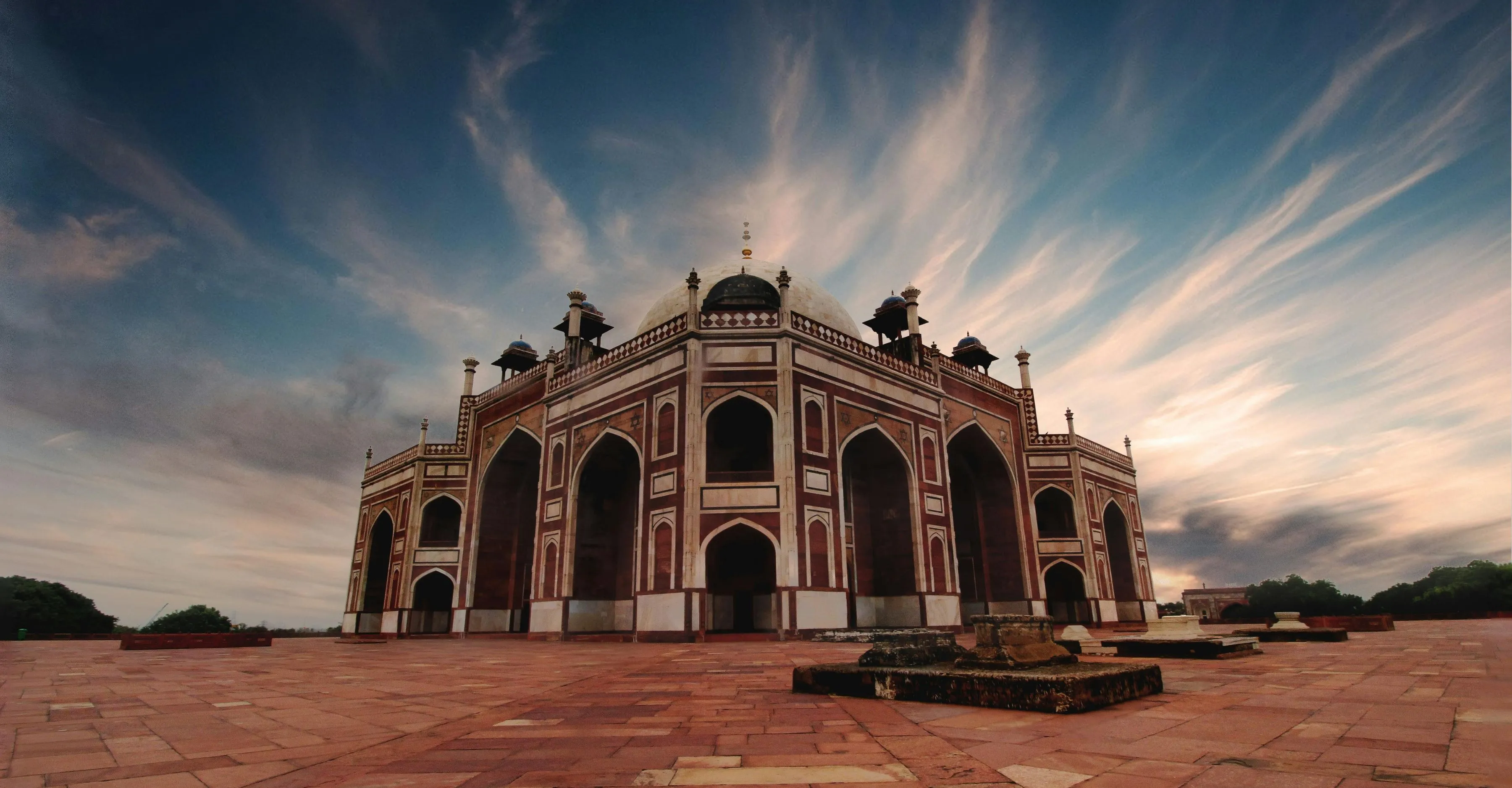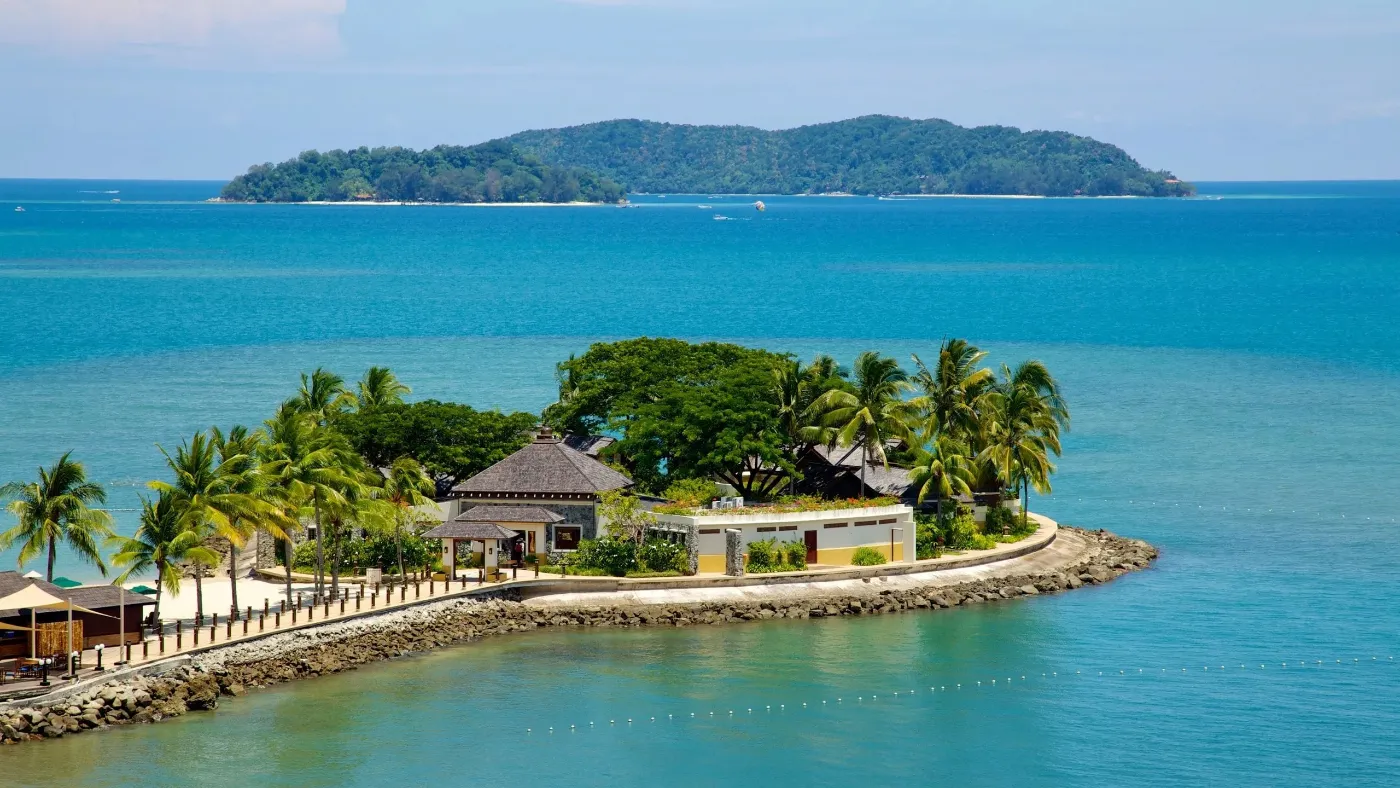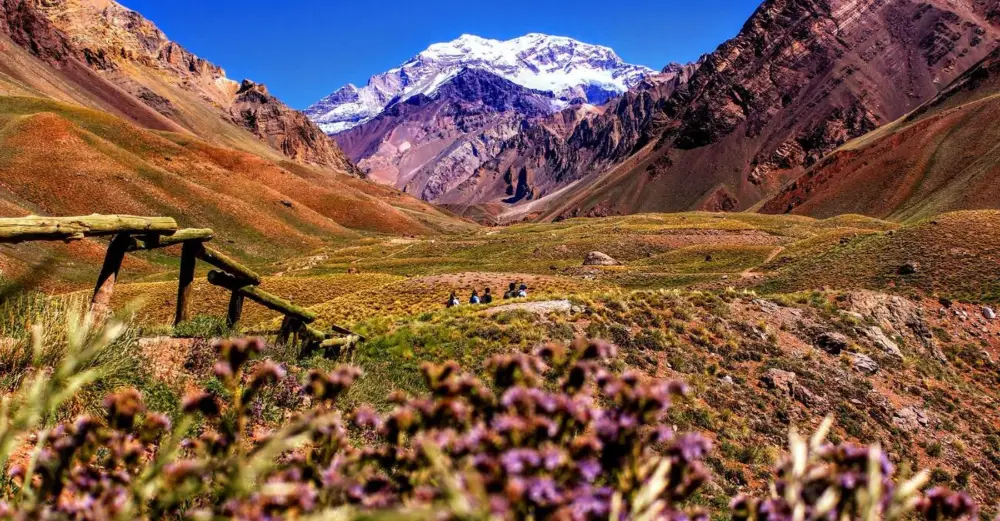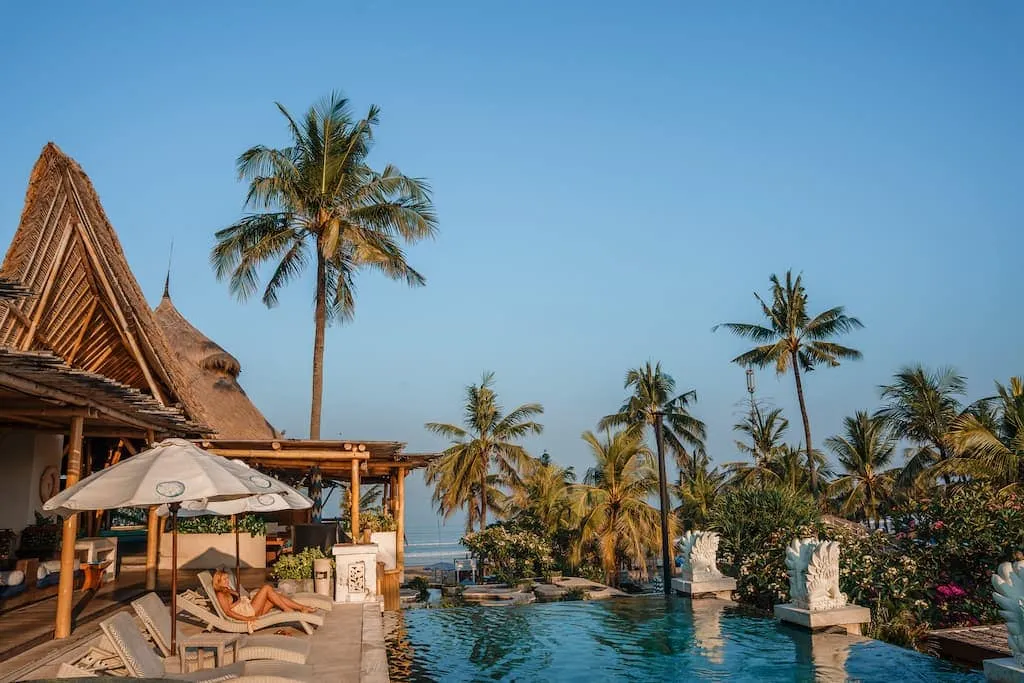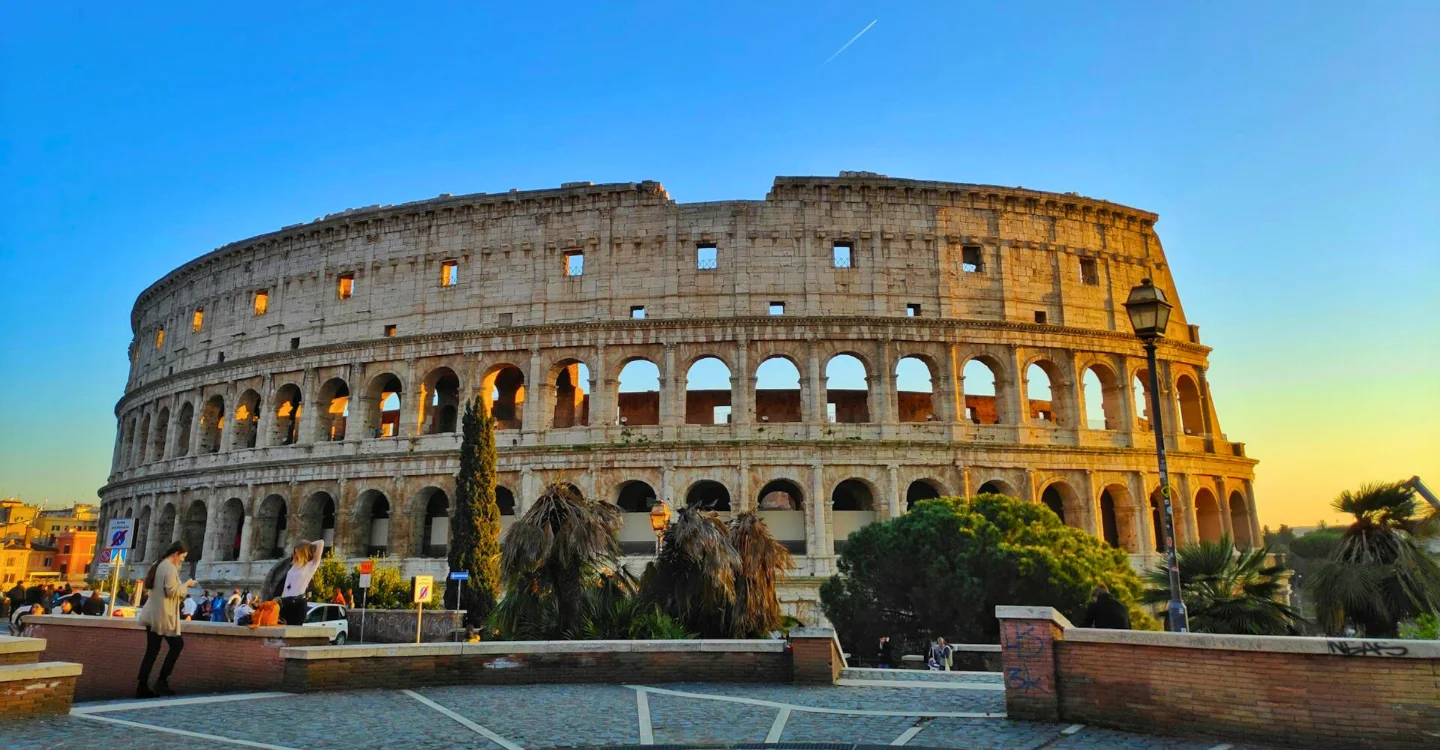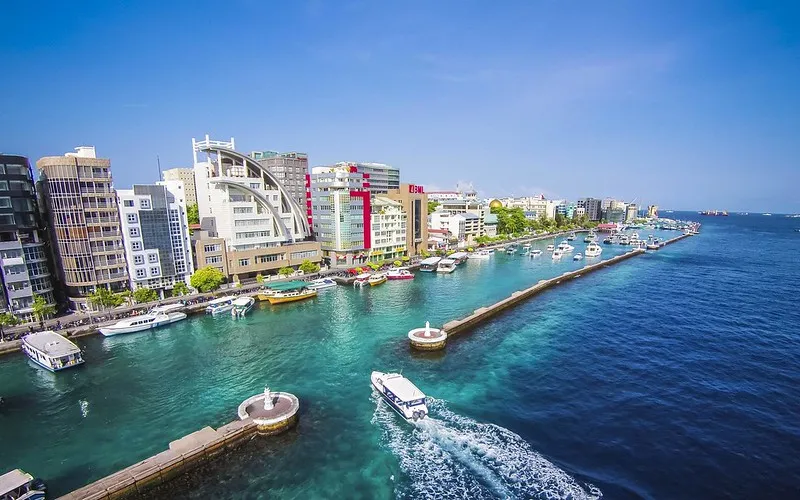Delhi is a city that seems to carry the entire weight of Indian history on its shoulders while racing forward with the pace of modern life. It is not one single identity but a blend of many: the echoes of ancient empires in its monuments, the chaos of markets alive with colour, the quiet corners of gardens and mosques, and the cosmopolitan rhythm of a capital city that welcomes people from every corner of the country. For travellers, Delhi is often the first stop in India, and it immediately sets the tone for the richness and complexity of the journey ahead.
Discover this destination with The Peace Destinations
When to Visit Delhi
Delhi’s weather is marked by extremes, which makes timing your visit important. The best period is from October to March, when the heat has softened and the air carries the freshness of winter. These months are perfect for long walks through Mughal gardens, exploring ancient forts, and enjoying rooftop views across the old city.
Summer in Delhi, from April to June, can be extremely hot, often rising well above 40°C. While sightseeing is more challenging, it is a quieter time with fewer crowds. The monsoon season, usually from July to September, brings heavy showers, refreshing the city and adding charm to the parks and boulevards, though humidity can be high. Winter, especially December and January, can bring chilly mornings and evenings, but this is when Delhi feels most alive, with festivals, cultural events and food markets filling the city with warmth.
Why Visit Delhi
Delhi is not just the capital of India; it is a crossroads of the country’s past and present. To walk through its streets is to encounter history at every turn, from the remnants of ancient capitals to colonial boulevards and contemporary skylines. For those interested in culture, architecture and daily life, few places in the world offer such variety within a single city.
Another reason to visit Delhi is its role as a gateway to the rest of northern India. It is part of the famous Golden Triangle, linking Agra and Jaipur, and it also connects to the Himalayas, Rajasthan, and beyond. But more than that, Delhi is an experience in itself, a place where grand monuments meet humble street vendors, where ancient rituals continue beside modern cafes. It is this juxtaposition that makes Delhi one of the most rewarding destinations in India.
Get inspired to explore with The Peace Destinations
Characteristics of Delhi
What strikes most visitors about Delhi is its contrasts. The city is essentially two cities in one: Old Delhi and New Delhi. Old Delhi, built by the Mughal emperor Shah Jahan, is a maze of narrow lanes, crowded markets and centuries-old mosques. It is a place of sensory overload, filled with the smell of spices, the sound of rickshaw bells, and the sight of havelis with carved balconies.
In contrast, New Delhi was designed by the British in the early 20th century, with wide boulevards, government buildings, and green spaces. Here you find the grandeur of India Gate, Rashtrapati Bhavan, and the orderly design of Lutyens’ Delhi. Together, these two halves create a city that is both deeply traditional and strikingly modern.
Delhi is also known for its vibrant food culture. From street vendors selling spicy chaat to elegant restaurants serving Mughlai feasts, the variety reflects the city’s role as a melting pot. Add to this its thriving arts, music and shopping scenes, and you have a city that caters to every kind of traveller.
What to Do in Delhi
The Red Fort, built in the 17th century, is one of Delhi’s most iconic landmarks. Its towering red sandstone walls once enclosed the palace of Mughal emperors, and inside you can explore audience halls, gardens and marble pavilions. The fort is especially atmospheric in the evening, when a sound and light show brings its history to life.
Just a short walk from the Red Fort is Jama Masjid, one of the largest mosques in India. Its wide courtyard, marble domes and minarets provide a sense of calm above the bustle below. Climbing a minaret offers sweeping views of Old Delhi. After your visit, immerse yourself in the chaos of Chandni Chowk, where centuries-old bazaars sell everything from spices and sweets to jewellery and fabrics. Taking a cycle rickshaw ride through these lanes is one of the most memorable experiences of Delhi.
Humayun’s Tomb is a masterpiece of Mughal architecture and a UNESCO World Heritage Site. It is often described as a precursor to the Taj Mahal, with its symmetrical gardens, arched gateways and domed structure. Visiting here offers both tranquillity and beauty, as the pathways through the gardens lead you to a glimpse of the empire’s grandeur.
New Delhi showcases the grandeur of colonial architecture, with wide avenues lined with trees and impressive government buildings. A walk along Rajpath takes you past India Gate, the National War Memorial and the Parliament House. These landmarks not only represent India’s political centre but also offer a different character of the city compared to Old Delhi.
In the southern part of the city stands Qutub Minar, the tallest brick minaret in the world. Surrounded by ruins of ancient mosques and tombs, it is a remarkable complex that illustrates Delhi’s layered history. The intricate carvings on the minaret and the remains of the Quwwat-ul-Islam mosque make this site one of the highlights of the city.
Shopping in Delhi is as much about the experience as the items you buy. Connaught Place offers international brands alongside local shops, while Dilli Haat is known for handicrafts from across India. For something more traditional, markets like Sarojini Nagar and Janpath are famous for bargains.
Food, however, is perhaps Delhi’s strongest appeal. From street-side chole bhature and parathas in Old Delhi to refined Mughlai feasts in restaurants, eating here is an adventure. Delhi’s food is a blend of influences, and sampling its variety is one of the most enjoyable ways to know the city.
The Spirit of Delhi
Delhi cannot be defined by a single word. It is grand and chaotic, modern and ancient, overwhelming yet welcoming. What makes it unforgettable is not just the monuments or the food, but the feeling of being part of a living city that has witnessed centuries of change and continues to thrive with energy.
Travellers leave Delhi with a mix of impressions — the silence of a mosque courtyard, the colour of a crowded market, the sight of the sun setting behind the Qutub Minar. It is this combination of moments, big and small, that makes Delhi not only a capital city but also a destination of the heart.
Begin your journey today with The Peace Destinations
Want to explore?
Explore the world with our highly expert guides and affordable tour packages. Book your next trip with us today or Get a quote for your next trip!

